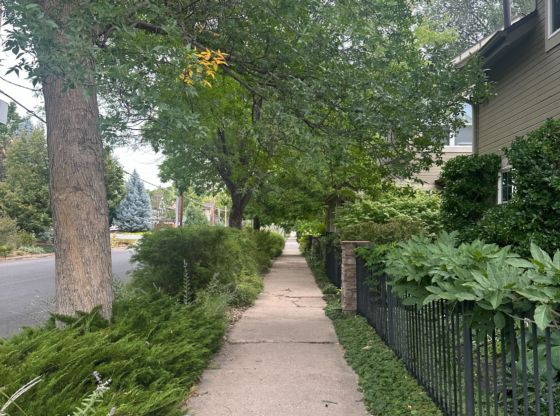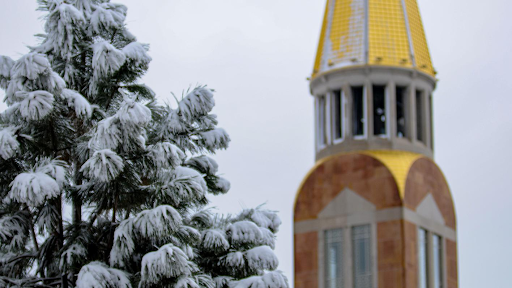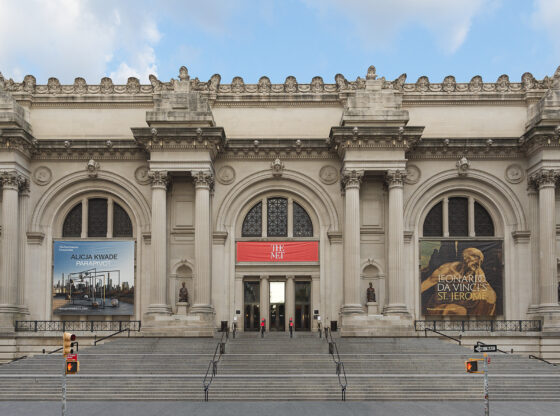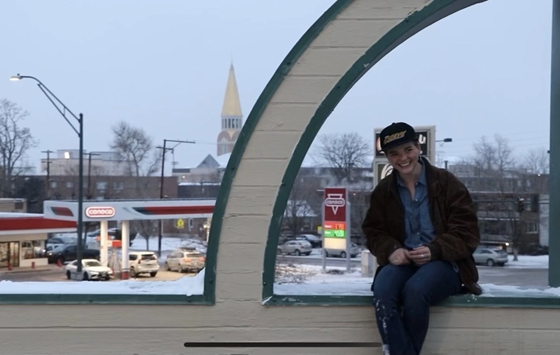 Photo by:
Photo by:
When entering the doors of the Myhren Gallery, one is taken back to 19th-century France and America where beautiful views of the country side are depicted in oil paintings, pencil sketches and vibrant water colors. These pieces display the escape from an increasingly urbanized environment to the quiet mood of the countryside.
Featuring both mystical people working the land and grazing animals, the artists of the magical pieces of art that are part of the “Changing Landscapes” gallery invite people to enjoy the relaxed feeling invoked in each brushstroke and etch.
This desire stems from the style of painting that was most popular at the time, known as tonalism. Tonalism can be seen throughout each and every piece of art displayed varying from “Weeping Oaks, Clear Creek, California” by Albert Bierstadt, which depicts an engulfing landscape possessing big oak trees shading the grazing cattle and vibrant orange and yellow flowers to, “Mountain Lake” by H.T Bowes, featuring a faraway fantasy with a glistening pond and joyful children.
Tonalism attempts to evoke an atmosphere, or emotion, through an intimate experience with nature, all of which is achieved through subtle differentiations in shading, light and color. As stated by featured painter Jean-Baptiste-Camille Corot states, “Let your feelings be your only guide.”
While viewing each unique piece of art, one can understand what Corot meant as the tree-shaded meadows and lively blue sky take control of the many landscapes, creating an atmosphere of peace and relaxation. The refuge from harsh cities to the simplistic paradise can be felt, as the artists too once felt it.
Not only did the escaping artists seek retreat to soft meadows, but they also sought a place to paint “en plein air,” known as “the open air.” However, artists aren’t the only one who can experience the open air – just look at the painting “Autumn in Arkville” by Alexander Helwig Wyant. This painting evokes the sensation of cool autumn air blowing lightly against one’s warm cheek as the view of bright red, yellow and orange aspen trees fade into the dark sky against a rough, crumbled surface.
These pieces, depicting the changing landscape, can be best described as a breath of fresh air. While modern art continues to house complex meanings through a variety of paintings and sculptures, this exhibit allows viewers to enjoy the simplicity of the land and feel the exhilarating sensation of changing settings, once felt by 19th-century French and American artists.
A coordinated display of pieces can also be found at the Denver Art Museum through Dec. 4, 2011. “Changing Lanscapes” is open in the Myhren Gallery located at 2121 E. Asbury Ave. until Nov. 13.










